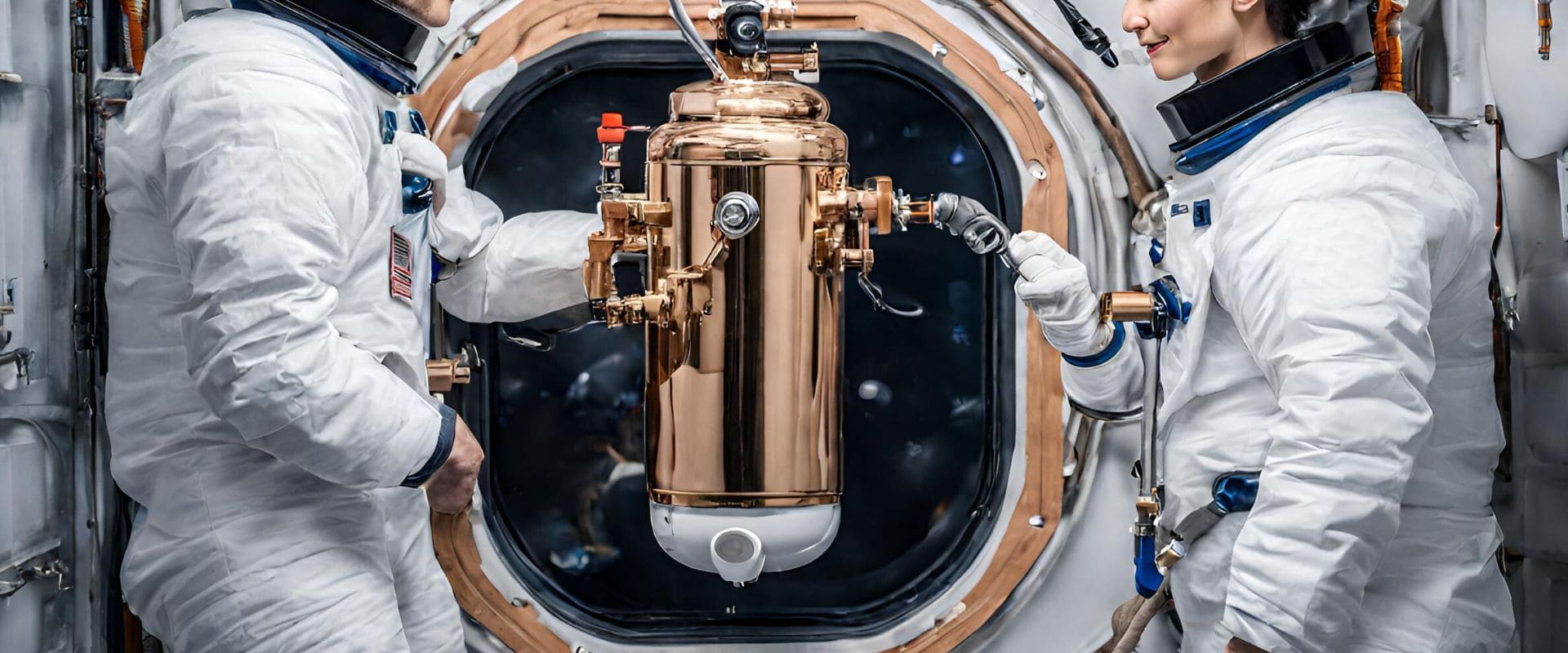Abstract
Advanced water filtration is essential for long space missions in microgravity.
BLOG
Water filtration in microgravity environments, such as those encountered in the Space Industry, presents unique challenges compared to Earth-based systems due to the absence of gravity-driven processes. In microgravity, traditional water filtration methods relying on gravity are ineffective, necessitating innovative solutions. Here are some key approaches to water filtration in microgravity:
- Capillary Action and Wicking: Microgravity does not allow water to flow in the same way it does on Earth, but capillary action and wicking properties can be utilized. Capillary structures with small channels can draw water through them, allowing for passive water movement without relying on gravity.
- Membrane Filtration: Membrane filtration is a widely used method in microgravity. Hollow fiber membrane systems or other membrane configurations can be employed to physically filter out contaminants. The pressure-driven filtration mechanism works even in the absence of gravity.
- Centrifugal Filtration: Centrifugal force can be artificially created in microgravity by using rotating devices. Water can be forced through filters by centrifugal force, enabling the removal of particles and contaminants. This method is particularly useful on spacecraft.
- Electrostatic and Electromagnetic Separation: Techniques based on electrostatic or electromagnetic principles can be employed for water filtration in microgravity. Charged particles or contaminants can be separated from water using these methods.
- Reverse Osmosis: Reverse osmosis, a common water purification method on Earth, can be adapted for use in microgravity. It involves passing water through a semi-permeable membrane to remove impurities.
- Ionic Exchange and Adsorption: Ion exchange resins or adsorption materials can be used to remove specific ions or contaminants from water. These materials attract and bind to unwanted particles, effectively purifying the water.
- Ultraviolet (UV) Radiation: UV radiation can be employed to disinfect water by neutralizing bacteria, viruses, and other microorganisms. Compact UV systems can be designed for space applications.
In the microgravity environment of space, engineering solutions are critical to ensuring the proper functioning of these filtration methods. Spacecraft and space habitats are equipped with specialized water recycling systems that integrate these filtration technologies, allowing for the efficient and sustainable management of water resources during extended space missions. Continuous research and development efforts are ongoing to enhance the reliability and efficiency of water filtration systems in microgravity conditions.



